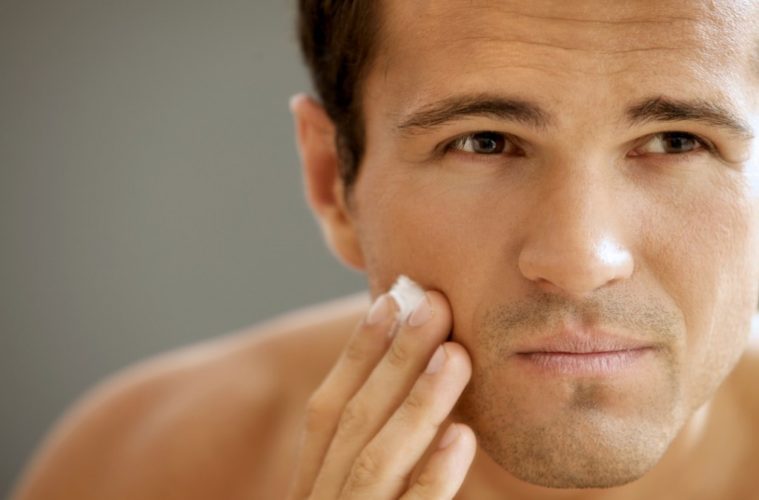One of the most painful feelings that a man can experience is an ingrown hair. Looking like a zit on the face, neck or some other random place on the body, when one forms beneath the skin, it can be like a gnat that just keeps swarming around your ear at a BBQ — except this one really stings and doesn’t just go away on its own.
Rather than deal with the discomfort of an ingrown hair, we have some ingrown hair removal tips that every guy should know about. For example, two years ago, I had one that was so painful that, for a week straight, I had to hold a hot towel on it for 20 minutes three different times throughout the day, which opened up my pours and gave me a chance to pop it out. It literally took me seven days, guys, so, yeah, these little ingrown hairs aren’t something to mess around with.
Since we want you to look and feel your best, you’d be wise to take some notes about how to remove ingrown hairs, because one will inevitably show up.
What is an ingrown hair?
Just when you think you’ve had a pimple pop up, you realize that the thing you’re looking at doesn’t seem to want to go away with some face wash, and is a helluva lot more painful when touched. That’s likely an ingrown hair. Although these things look like pimples, they’re, in fact, foreign body reactions that occur when something happens to a hair follicle.
For example, when you cut your hair short, instead of it regrowing normally through the skin, the hair takes a U-turn back into the skin, which kind of acts as a splinter or bee sting. To try and fight it off, your body sends off white blood cells, which is why it becomes inflamed.
What causes an ingrown hair?
As we all know too well, no one is immune to experiencing the wrath of a painful ingrown hair. That said, some men are more susceptible to getting one than other guys — more specifically, guys who have curly or coarse hair, since that type of hair is more prone to bending back and re-entering the skin after shaving or cutting it. Additionally, people with high levels of certain sex hormones usually experience excessive hair growth, thus, making them a target of ingrown hairs.
How can you prevent ingrown hair?
Ingrown hairs can pop up at unexpected times, and there’s never a quick fix when they do. That said, there are ways to help prevent them from forming, but it will take a little effort on your part, AKA giving a little more TLC to your face each morning.
Here are some quick tips on how to prevent ingrown hair.
- Soften your facial hair with warm water for 5-10 minutes before shaving, and make sure you’re using a lubricating shave gel.
- While shaving, we know it’s tempting to use all of those fancy multiple bladed razors, but it’s best to go with a single-blade one, shaving along the grain of your hair, rather than against it. When you shave against the grain, it can produce too close of a cut, which can irritate the hair and skin.
- When your facial hair begins to regrow, use a warm washcloth on your face for 5-10 minutes before going to bed, massaging the skin in small, circular motions. This loosens up your hairs before they fully regrow.
- Exfoliate! We still don’t know why guys are so afraid of that word, but, damn it, if you want to prevent ingrown hairs, you’ll need to get a gentle facial scrub to use in the shower at least twice a week. Exfoliating removes dead skin cells, helping new hair grow properly by thinning the top layer of your skin.
What are the best ingrown hair removal tips?
Ingrown hair removal can happen, but it’s going to take some time. Remember, it took me a full week to get rid of mine a couple of years ago, so you’ll need to stay patient.
The first removal tip is to use a warm towel on it to try and open up your pours and un-trap the hair. When coupled with some pimple medicine that contains stuff like benzoyl peroxide or salicylic acid, the inflammation can reduce. If that doesn’t work, there are a few over-the-counter treatments that can help.
When an ingrown hair is just too much to deal with, though, your best option is to go see a dermatologist, who will use a sterile needle or a sharp blade to nick and release the ingrown hair. The last thing you want to do is dig into your skin with some tweezers on your own, though, as this can cause infection and make things worse.
In the most severe cases, after seeing a dermatologist, he or she may prescribe a cortisone cream or antibiotic to help reduce the inflammation and redness, as well as cure any infection that may have occurred.




